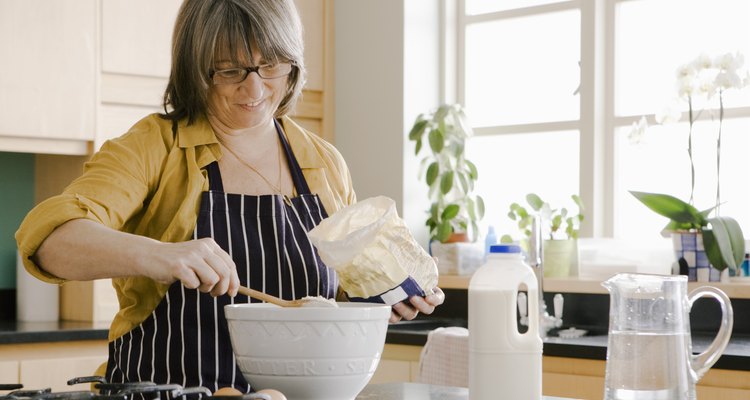
When you're watching calories or trying to cut sugar from your diet, you probably don't think twice about stirring a packet of artificial sweetener into your morning coffee or tea. However, when it comes to making your child's birthday cake or cookies for the bake sale, using artificial sweetener in place of sugar requires a bit more care. Artificial sweeteners are not created equally when it comes to baking, so it'll save you time -- and frustration -- if you know how each one holds up to heat and how best to use them in your dessert and treat recipes.
Sucralose
Sucralose is the only artificial sweetener that can be used to replace sugar cup for cup in a recipe. It is actually made from sugar, so it is just as sweet and has the same volume as real sugar. You can use the granular form of sucralose in any type of recipe because it is heat-stable. However, cookies, cakes, brownies and pies made using sucralose tend to bake faster than those with traditional sugar, so be sure to keep an eye on the oven when baking with it.
Saccharine
If you're baking cookies, cakes or brownies, saccharine is another heat-stable artificial sweetener option. It is 200 to 700 times sweeter than natural sugar, though, and can have an aftertaste if you use a lot of it. As a result, it's best use it by replacing only half of the sugar with saccharine, so you don't add more than a half cup to any recipe when baking. If you are using packets of saccharine, six 1-g packets usually equal 1/4 cup of real sugar.
Acesulfame Potassium
You can use acesulfame potassium in most of your baking and cooking recipes because it is also heat-stable. Like saccharine, it is actually sweeter than sugar and can have a slight aftertaste if you use too much of it. When baking, combine acesulfame potassium with real sugar and never replace more than 2 cups with the artificial sweetener. When using acesulfame potassium, replace each 1/4 cup of sugar with six 1-g packets of acesulfame potassium.
Aspartame
Of all artificial sweeteners, aspartame is the most heat sensitive. It actually becomes less sweet when exposed to heat, so it should not be used in recipes that require cooking or baking like cookies, cakes or brownies. You can use it in beverages, pie fillings, pudding, gelatin, sauces or other items that you can add it to once you have removed them from the heat. Like saccharine and acesulfame potassium, six packets of aspartame equal 1/4 cup of real sugar.
Related Articles

What Is Agave Syrup?
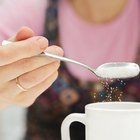
How to Substitute Splenda for Sugar
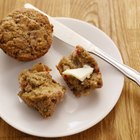
How to Bake With Erythritol

The Disadvantages of Saccharin

What Is a Substitute for Potassium ...

Presweetened Cocoa Powder Substitute
How to Soften Crystalized Molasses

How to Make Glaze for Donuts With Milk ...
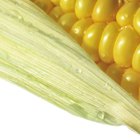
How to Substitute Light Corn Syrup in a ...
What Can I Use As a Sugar Substitute ...

Do You Use Granulated or Powdered Sugar ...

The Sugar in Mangoes
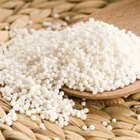
What Is the Nutritional Value of ...

Can You Substitute Eggs With Cream ...

Substitute for Superfine Sugar in ...
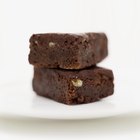
Can You Make Brownies Without ...

How to Fix Orange Marmalade That Turned ...

How to Cook With Applesauce Instead of ...
Baking With Almond, Rice & Coconut Flour

How to Substitute Agave Nectar for Sugar
References
Writer Bio
Based in New York City, Jennifer Blair has been covering all things home and garden since 2001. Her writing has appeared on BobVila.com, World Lifestyle, and House Logic. Blair holds a Bachelor of Arts in Writing Seminars from the Johns Hopkins University in Baltimore, Maryland.
Photo Credits
Jupiterimages/Pixland/Getty Images